Residents insist they are not against development, but assert that sudden spurt in population will destroy fragile ecology and existing infrastructure
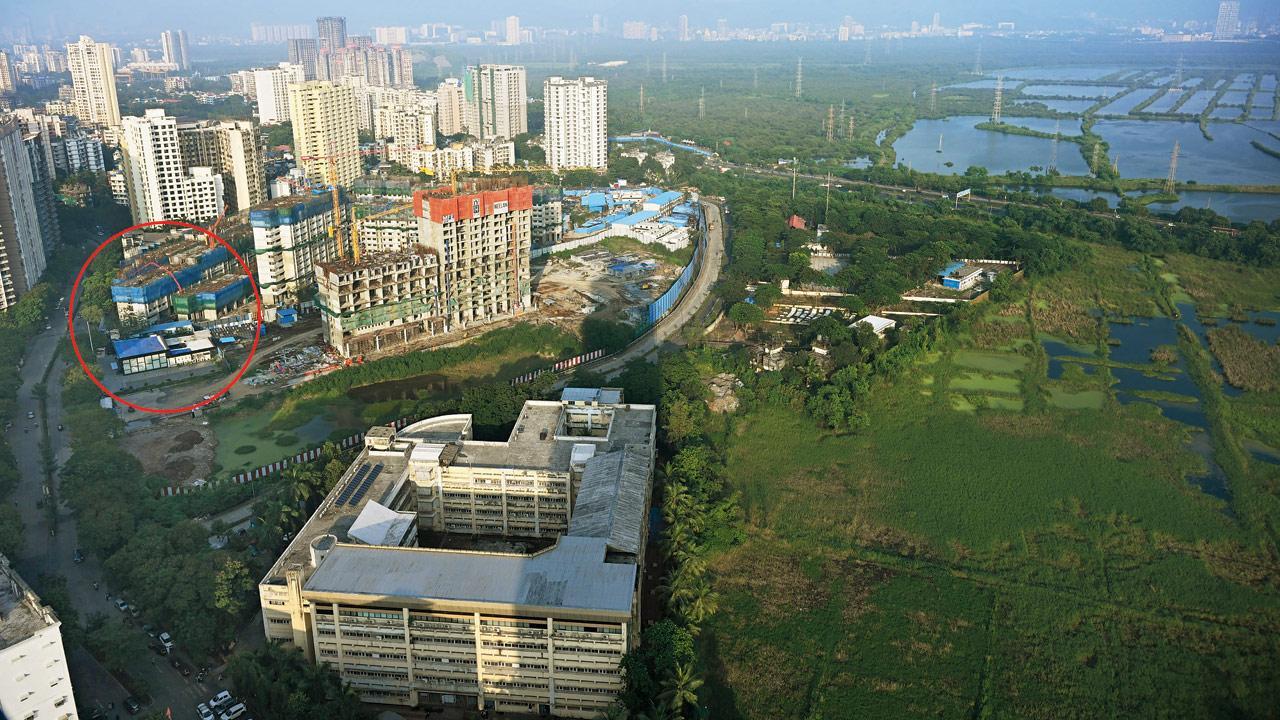
The colony (circled) being constructed for project-affected people near salt pan land in Mulund East; (right) more than 58 acres of salt pan land in Mulund have been freed up for rehabilitation purposes. Pics/Sayyed Sameer Abedi
Mulund East residents will approach the Bombay High Court to challenge the state government’s decision to rehabilitate families affected by the Dharavi redevelopment project on salt pan land. During a meeting on Tuesday, locals vowed to take a firm stand. A PIL is likely to be filed on Friday. The Brihanmumbai Municipal Corporation (BMC) has started constructing a colony for project-affected people a short distance away from the area’s salt pans.
ADVERTISEMENT
Gangadhar Tulsankar, a senior citizen, said Mulund East was renowned for its tranquillity. “Even during the 2005 floods, Mulund East was unaffected because of salt pans, which acted as a buffer. If high-rises come there, it becomes a recipe for disaster,” he said. “The state government plans to rehabilitate Dharavi residents here. Why is the government displacing them? Why can’t they be housed in Dharavi itself,” he added.
Mulund East residents oppose Dharavi rehabilitation, citing flood risks, displacement, and infrastructure strain
— Mid Day (@mid_day) October 2, 2024
Via: @sameerreporter #Mumbai #Mulund #DharaviRedevelopment #SaltPanLand #BombayHighCourt #LegalChallenge #MumbaiNews https://t.co/DEv02fMDbV pic.twitter.com/hzxREFNJgw
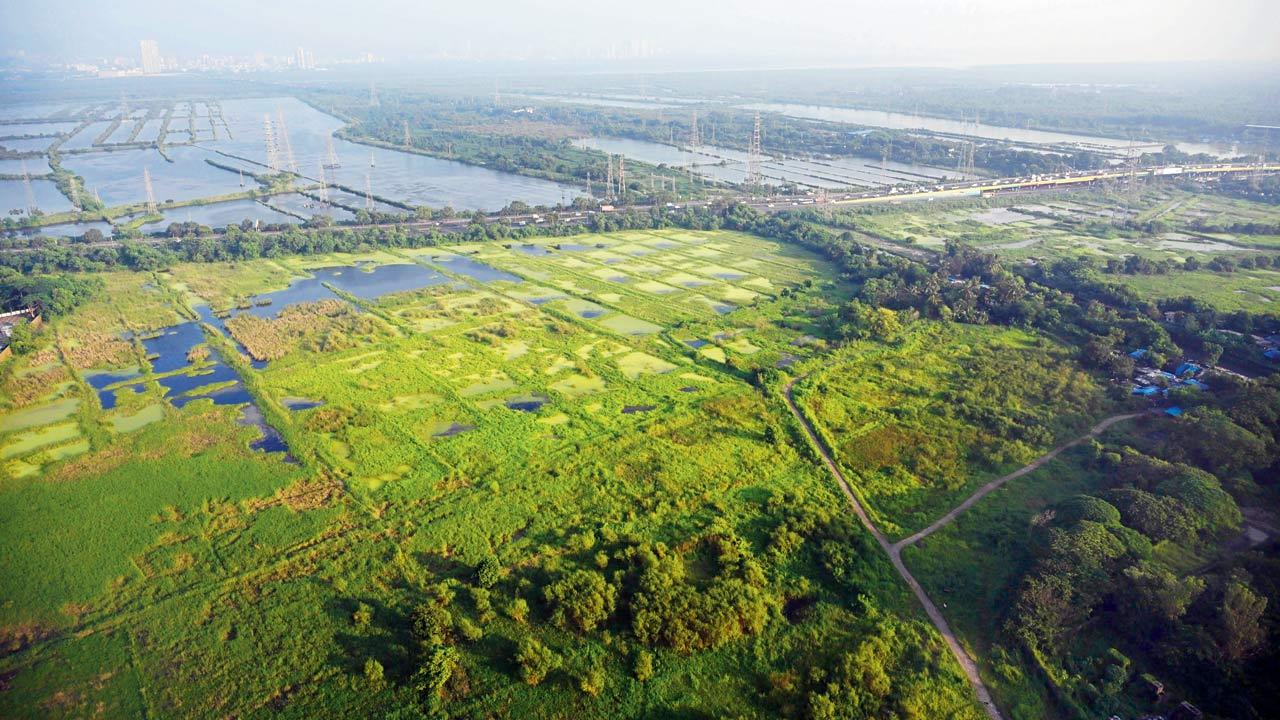
The area where a colony is being constructed for project-affected people near salt pan land in Mulund East
Dhanashree Prabhu, another local, said, “We are not against the project or Dharavi residents. Our concern is for Mulund. After the rehabilitation, our roads, water supply and sanitation facilities will collapse.” Manisha Patki, another resident, said, “We are not against the Dharavi redevelopment project. Our concern is that a sudden rise in population could put an extreme burden on Mulund’s infrastructure. The state government should hear our concerns,” said Patki.
On Monday, the state cabinet decided to open up 255.9 acres of salt pan land, including 58.5 acres in Mulund, in the eastern suburbs. The land will be used for rental housing, slum rehabilitation projects, affordable housing and building homes for the economically weaker sections. The Dharavi Redevelopment Authority (DRA) will be responsible for use of the land.
Legal action
Advocate Sagar Devre said residents are likely to file a PIL on Friday. “The construction of a PAP colony comprising 7,000 houses is undergoing. According to the information available, the DRA will construct three lakh houses here. After this, the population of Mulund East will rise 10 times. The current population is around 1.5 lakh. Can our roads, water supply and sanitation systems support this,” he asked.
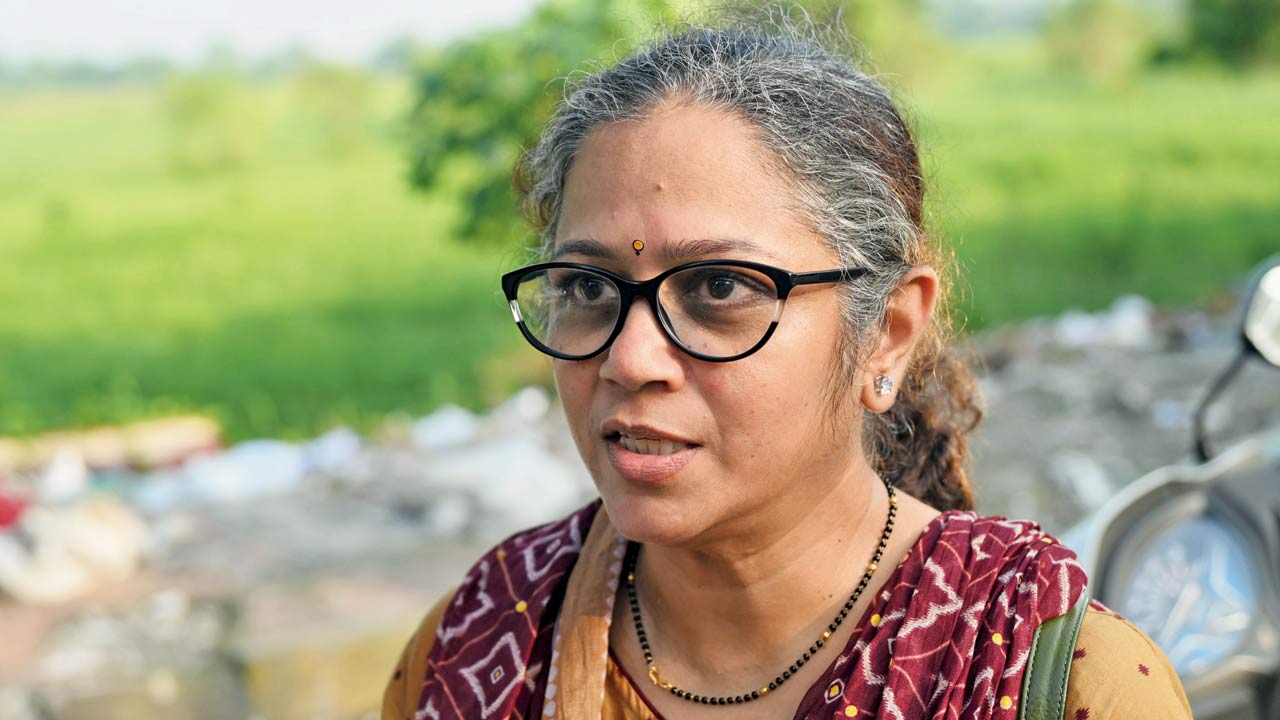
Manisha Patki, Mulund East resident
“Even during the 2005 flood, Mulund East was not as affected as other parts of the city due to salt pan land. Will this be the same after this project? Recently, waterlogging was seen near the PAP project,” said Devre. “Our concern is the use of open land; we are not opposing the people of Dharavi. They should be rehabilitated at Dharavi itself,” he added. A PIL against the PAP colony on VB Phadke Road is pending with the Supreme Court. “We are hoping the apex court will consider our concerns,” said Devre.
According to RTI documents, the DRA needs 521 acres of land across the city for families ineligible for rehabilitation within Dharavi. According to the RTI document, the authority has demanded land belonging to the MMRDA, the collector and the BMC as well as Kurla diary and salt pan land. S V R Shrinivas, CEO & Officer on Special Duty, Dharavi Redevelopment Project, did not respond to mid-day’s calls by press time.
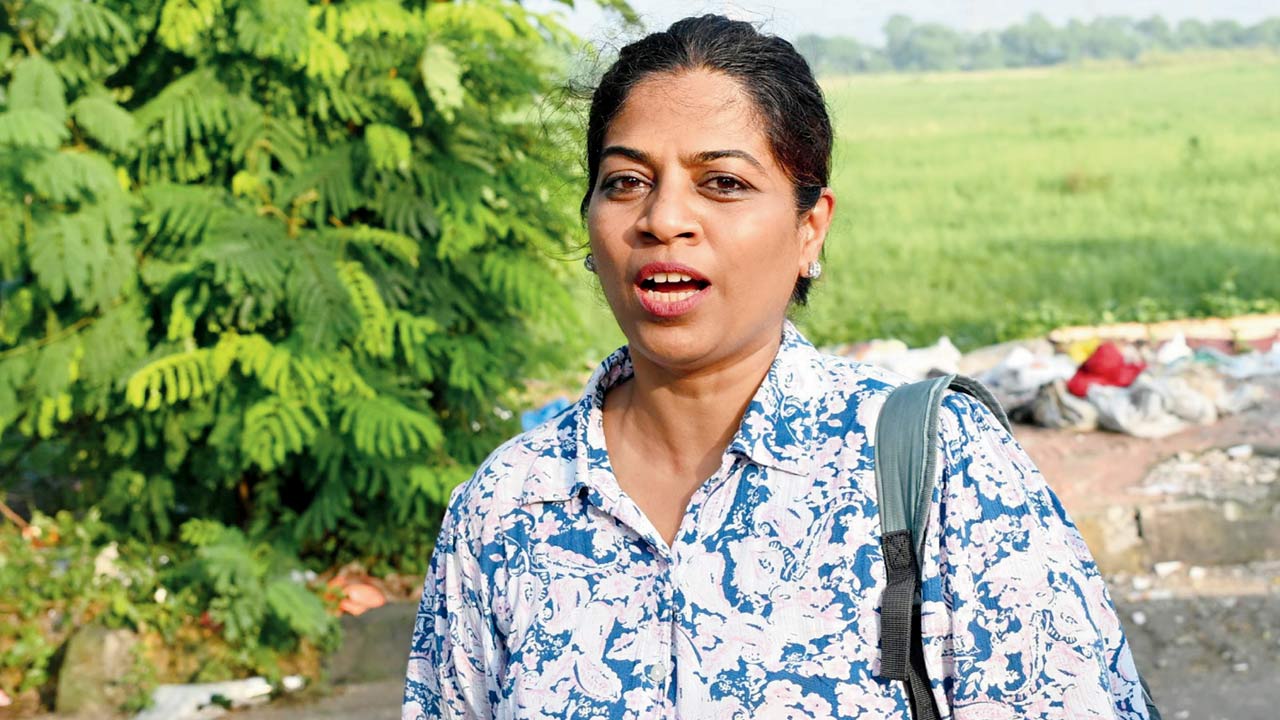
Dhanashree Prabhu, from Mulund East. Pics/Sayyed Sameer Abedi
GreenSpeak
Pankaj Joshi, town planner and principal director at Urban Centre Mumbai said, “Salt pans work as essential natural holding ponds which prevent the higher ground of Greater Mumbai especially the eastern suburbs from flooding during the monsoon. Opening up salt pans for intensive uses like mass slum rehabilitation will have serious environmental implications as this watershed will be impacted and will require serious mitigation measures.”
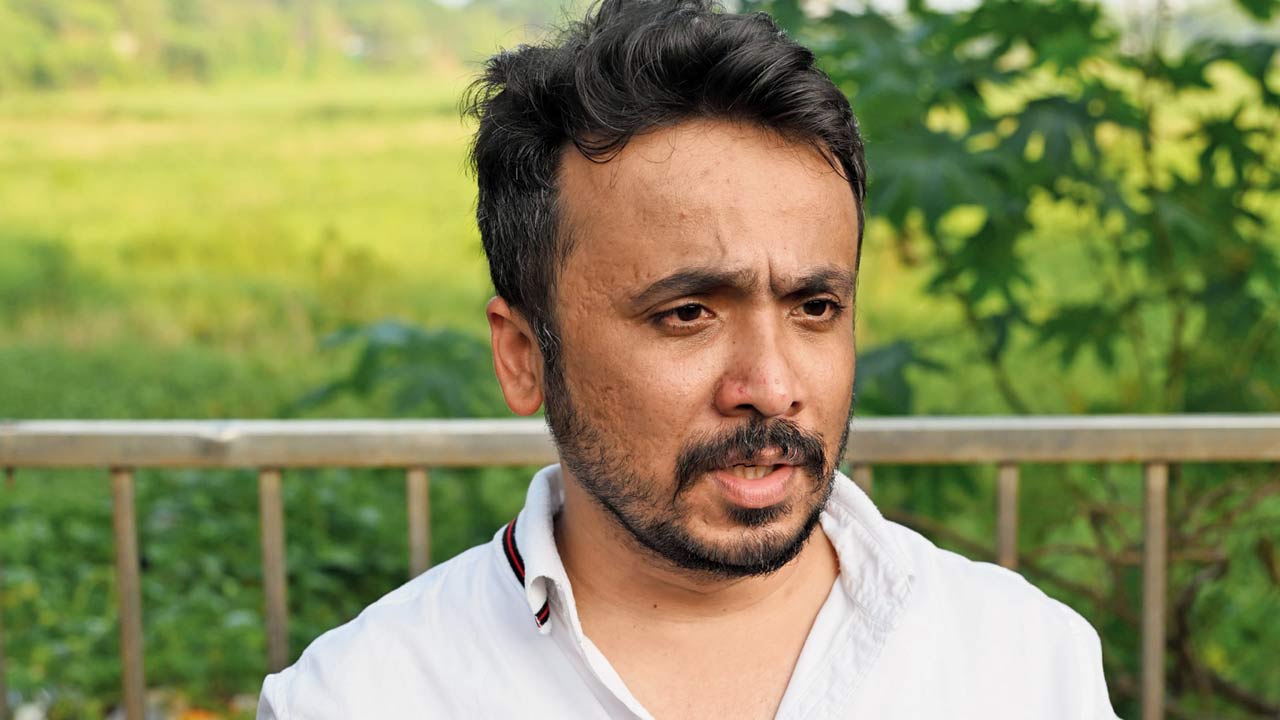
Sagar Devre, advocate
Shweta Wagh, another town planner, was also critical of the government’s decision. “Salt pan land parcels are basically wetlands. They are eco-sensitive areas that mitigate floods naturally. Concreting them will increase the possibility of flooding in the city,” she said. Anand Pendharkar, ecologist and CEO of SPROUTS, said the decision would destroy the city’s eastern coastal area and prove disastrous for Mumbai’s ecology. “A large number of migrant birds visit these biodiverse areas,” he said.
255.9 acres
Area of salt pan land in the eastern suburbs approved for slum rehabilitation
 Subscribe today by clicking the link and stay updated with the latest news!" Click here!
Subscribe today by clicking the link and stay updated with the latest news!" Click here!







